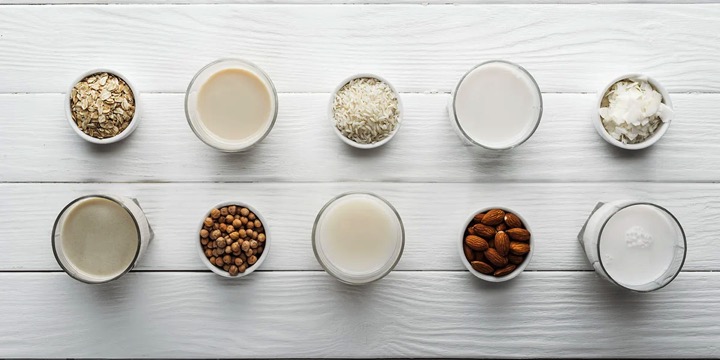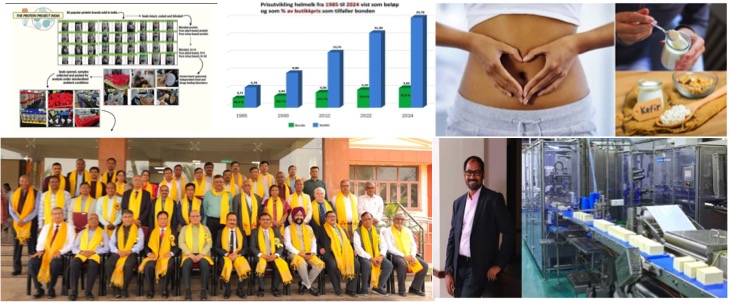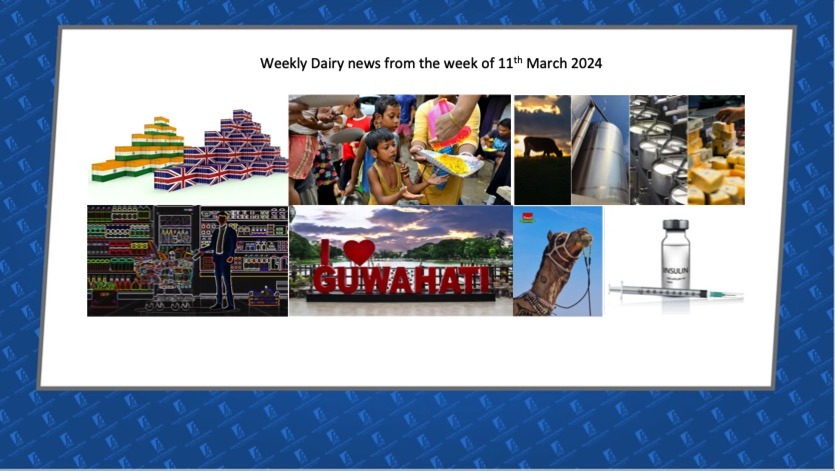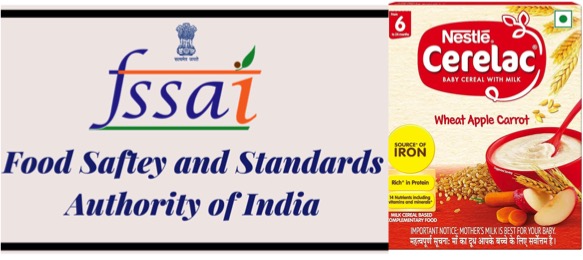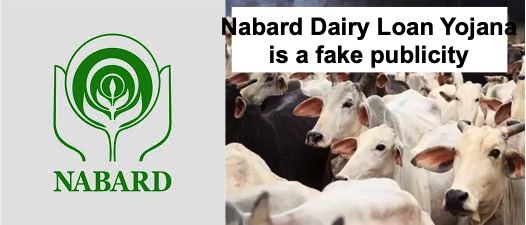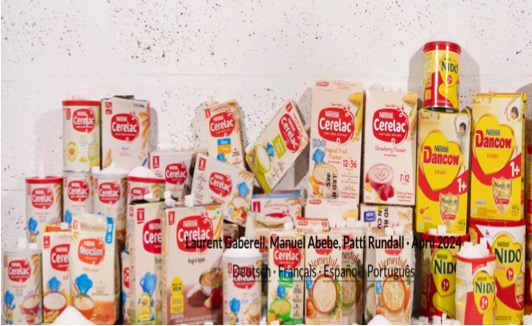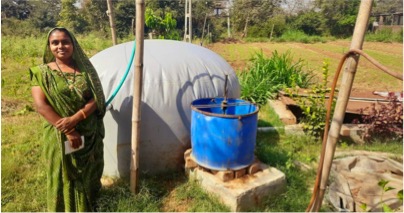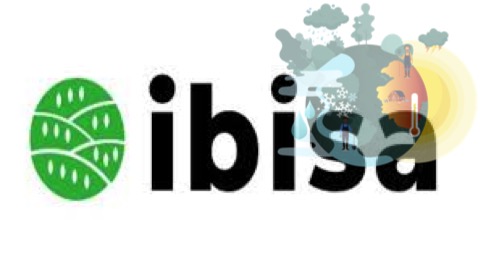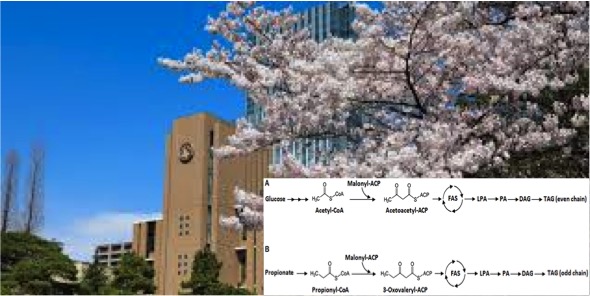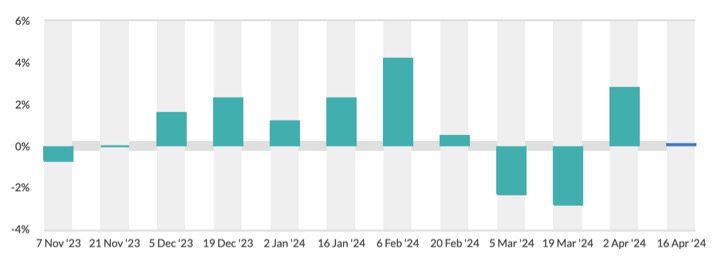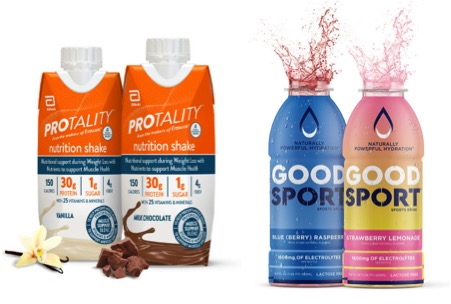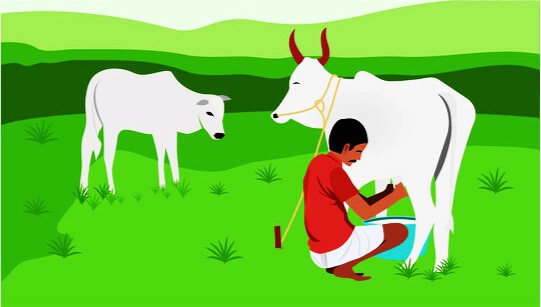The dairy products and alternatives industry, excluding baby food, was valued at USD568 billion in 2022, growth of 8% in current terms despite a 0.6% decrease in volume. This dynamic was primarily caused by price hikes, the main factor driving the industry’s value growth. Innovation is crucial to reverse the volume decline and to build added value in the dairy industry that consumers are willing to pay extra for. This includes developing new products that meet changing consumer preferences, such as healthier and functional offerings as well as plant-based alternatives.
56% of global consumers actively look for healthy ingredients in their food, and 30% are willing to pay a premium for health and wellness
Source: Euromonitor International’s Voice of the Consumer: Lifestyles survey 2022
Functional opportunities from gut health to need states
Innovation around health and wellness in the dairy industry is key for meeting consumer demands for functional products. Euromonitor International’s Voice of the Consumer: Lifestyles survey shows that 55.5% of global consumers actively look for healthy ingredients in their food, and 29.6% are willing to pay a premium for health and wellness features, the highest response rate for any food feature.
One key area of innovation in functional dairy is centred around microbiome-friendly ingredients like pro- and prebiotics, symbiotics (which combine probiotics and prebiotic fibre) and postbiotics (which are the end product of the good bacteria fermenting prebiotic fibre). In the case of probiotics, the global demand is higher than the shelf availability, showing a market gap with abundant opportunities, particularly outside of
the yoghurt category.In addition, there is rapid development in the gut health positioning, with broader health implications related to energy and mood management, which aligns with ongoing research on the gut-brain axis.
Another interesting area with good long-term potential is innovation around need states. In this context, positionings around cognitive health are the most prominent in the dairy industry, mainly in powdered milk, as well as energy boosting claims also in powdered milk and flavoured milk drinks.
Catering to unique nutritional life-stage needs
Addressing the nutritional requirements of various life stages, such as children and seniors, or life stages of certain demographics like women, among others, can help dairy manufacturers create specialised products that promote health and wellness, while catering to the unique dietary preferences and requirements of different consumer segments.
In children’s food, 39% of parents prioritise “all natural” labels, while 36% seek “limited sugar or no added sugar” claims
Source: Euromonitor International’s Voice of the Consumer: Health and Nutrition survey 2022
In the case of targeting children, parents are on the lookout for products that go the extra mile in providing added value and functionality. Euromonitor International’s Voice of the Consumer: Health and Nutrition survey (2022) reveals that when it comes to their children’s food, 39% of parents prioritise “all natural” labels, while 36% seek claims related to “limited sugar or no added sugar”, making them the top responses from parents. There is also a growing emphasis on vitamins and fibre in children’s food as sought-after ingredients in association with immunity and gut health.
Targeting healthy ageing with dairy products can also be a strategic approach for manufacturers in markets with large ageing populations, such as the US, Japan and Western Europe. Emerging markets like China and India are also experiencing demographic shifts towards older populations, showing promising prospects.In line with targeting older consumers, Danone introduced Ganmai in 2022, a new healthy ageing brand in China targeting consumers aged 40 and above. The latest additions to the range are two powdered milk formulas, Ganmai XinRuiLi and MianYuLi, designed to have a low glycaemic index and enriched with specific functional ingredients. These include phytosterols to lower cholesterol, oriental ingredients such as bitter gourd, mulberry leaf, Pueraria root, and Solomon’s seal root as well as probiotics and fibre for improved gut health.
The expanding frontier of plant-based dairy
Driven by health and consumer demand for environmentally sustainable and ethical food choices, plant-based dairy remains a pocket of growth in the industry.
Plant-based dairy is expected to grow by a CAGR of 4%, driven by plant-based cheese, yoghurt and non-soy milk
Source: Euromonitor International Passport Food and Nutrition data
In 2022, a performance slowdown was mainly driven by supply chain disruptions; however, the category still delivered 4% growth in constant terms (from 9.6% in 2021). The forecast remains positive as plant-based dairy is expected to grow at a 4.1% CAGR between 2022 and 2027, driven by plant-based cheese, yoghurt and non-soy milk as well as the advancements in food technology and innovation. These will help develop plant-based dairy products that closely mimic the taste, texture and functionality of traditional dairy.
As the demand for plant-based alternatives continues, brands are pushing the boundaries by harnessing a rich array of ingredients to expand their product ranges. These span from the protein-packed powerhouses of peas, fava beans, chickpeas, duckweed and hemp, to the exotic allure of sunflower seeds, algae, and mushroom. In March 2023, Nestlé unveiled a new plant-based milk alternative in the US under its Natural Bliss brand, featuring a unique blend of oat and fava, offering high nutritional value with 5g of protein per serving. Plant-based innovation in the dairy aisle is also moving from its stronghold in milk, yoghurt and ice cream to cheese, and venturing into new frontiers across the entire dairy spectrum.
Dairy’s progressive transformation from cows to cultures
Besides innovation around functional dairy and more sustainable offerings. The future of the industry is focusing on cutting-edge technologies to produce dairy minus the cows. These include genetic engineering of plants to achieve dairy-like proteins, fermentation-based approaches (ie biomass and precision fermentation) and cell-cultured dairy aiming to replicate the structure, functionality and nutrition of traditional dairy without animal involvement. In the long term, these innovative technologies have the potential to disrupt the current dairy industry landscape.


